Revered for its compact body and superior image quality, the Sony a6000 is a best-selling camera for professional and hobby photographers alike. Within the professional realm, DSLRs are still the industry standard for services such as concert photography. However, more pros are switching to mirrorless options for things like food photography. The sheer size difference is reason enough to switch, as DSLRs tend to take a toll on your upper body over time. This was my main reason for adding a mirrorless camera to my gear kit recently. I started with the ever-popular a6000 but quickly switched to the a6300 right when it came out in March 2016.
My experiences shooting with the Sony a6000 and a6300 have been at times frustrating, and other times highly delightful. At the end of the day, my main takeaway is that DSLR cameras have a lot of catching up to do. Check out my review of the Sony a6300 below. Also, check out the best lens and accessories for Sony a6000 and a6300 cameras.
Sony recently revealed two follow-up cameras to the a6000: the a6300 and a6500. This article will explain why the a6000 has become so popular, as well as highlight key comparisons between it and the a6300. At the time of this publication, the a6500 is so new that no hands-on testing has been possible yet. However, some key a6500 features will also be noted.
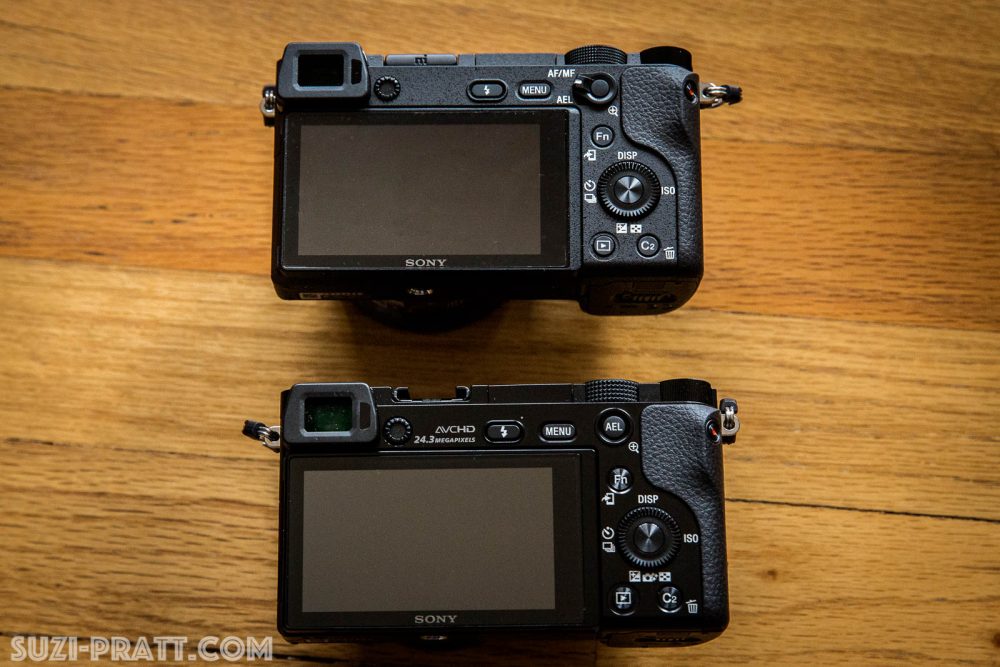
On top: the Sony a6300; on the bottom: the Sony a6000
Sony a6000 Core Features
The first thing to note about the Sony a6000 is that it is an APS-C format or crop sensor camera. This helps keep the camera body compact, but it means the camera has a narrower angle of view that reduces the wide angle effect. That means when you shoot with a 35mm lens on a crop sensor, you’re actually getting a 1.5x magnified view of around 52.5mm. Sony offers a full frame mirrorless camera in the form of its highly popular a7R, but it is significantly more expensive. Currently, the a6000 body-only has a starting price of $399.99, while the Sony a7R body-only starts at $1,899.99.
The Sony a6000 is also an interchangeable camera, meaning you’ll have to purchase accompanying lenses. Luckily, Sony offers a host of options that are both high quality and affordable. More on lens recommendations below.
In addition to a low price and compact body, the Sony a6000 has several other core features that really stick out:
- Model Year: 2014
- Dimensions: 2.64 x 1.77 x 4.72 inches
- Weight: 0.76 lbs
- Display Size: 3 inches
- Tilting 3″ LCD screen with 921K dots
- OLED viewfinder with 1,400k dots
- Expanded ISO Ranges: 100-25,600
- Sensor: 24.3 MP APS-C CMOS sensor
- Full HD video shooting up to 1080p at 60 fps
- Autofocus: 179-point Hybrid AF system covering 92% of the frame
- Compatible Lens Mounts: Sony FE, Sony E (NEX)
- Intelligent Scene and Face Detection
- Battery life up to 420 images
- Wi-Fi with NFC Capability
- Shoots both RAW and JPG files
- Does not have touchscreen
- Does not come with a battery charger (charge by plugging the camera in rather than removing batteries)
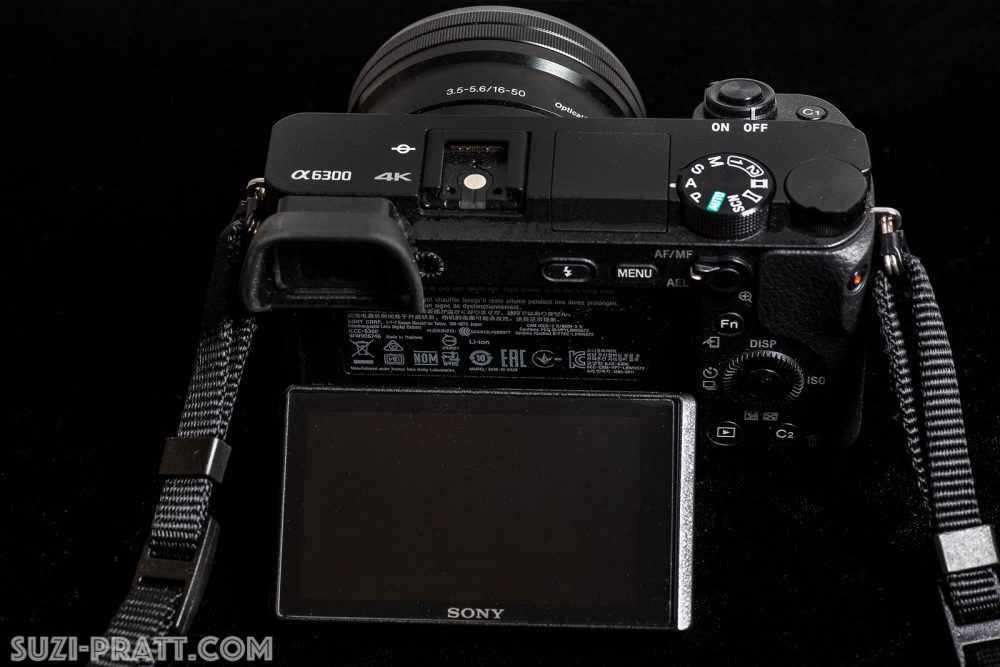
Super Fast AF and FPS
11 frames per second (fps) continuous shooting, and an impressive 179 autofocus (AF) points on an advanced Hybrid autofocus system that covers 92% of the frame. As a comparison, my Canon 5D Mark III DSLR shoots a maximum of 6 fps and has just 61 AF points. Action photographers who value high fps and AF points will enjoy these two features in particular in the a6000.
Face Detection and Registration Feature
When activated, this feature will immediately notice and track any human faces it sees. Sometimes this feature goes a little too far as even artistic renderings of faces such as paintings or sculptures are recognized by the camera. Still, this is an incredible feature that I still get a kick out of. There’s even the ability to register faces within the camera so it will only detect and focus on specific faces, a feature handy for wedding and event photographers.
In-Camera Wi-Fi
While nearly every new digital camera today has Wi-Fi capabilities, this feature is definitely not created equal. Several years ago, I was super impressed with Canon’s first Wi-Fi DSLR, to the point of writing a 3-part Canon 6D Wi-Fi setup tutorial. Sony’s Wi-Fi process is far superior in that is it more intuitive with far less room for error. Once you go through the steps of setting up Wi-Fi on a Sony camera, you can easily turn it off and on by the scanning of a QR code.
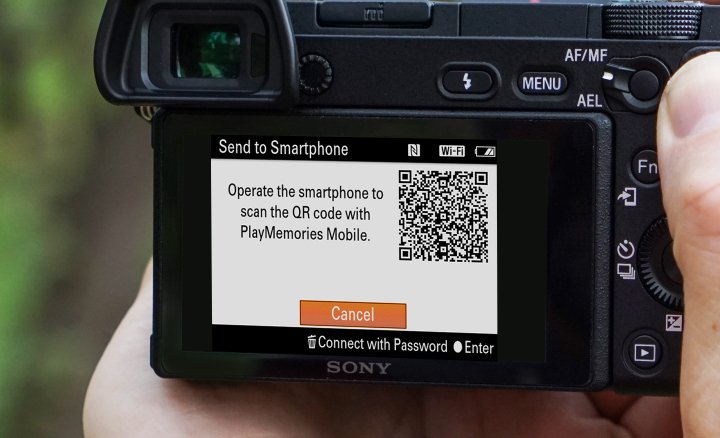
Ability to Add Photography Apps
In order to use Sony’s built-in Wi-Fi and remote shooting features, you need to download the PlayMemories app on your phone. Why they didn’t call the app something more intuitive is a mystery. Once you have the free app, you can use the Wi-Fo and remote shooting features free of charge, but you also have the option to purchase additional apps. These apps further extend the features of the camera at pretty reasonable prices from $4.99 to $9.99. Some apps might seem a bit gimmicky, such as Sky HDR, Star Trails, and Time-Lapse. But the idea that you can add these features to your camera via an app in place of a shutter release capable or valuable post production time is a neat concept.
It’s also worth noting that your purchased Sony Play Memories apps, are not lost if you upgrade or replace your camera. Simply sign into your Sony Entertainment account, and you’ll be able to download them to your new camera free of extra charge.
Troubleshooting: How to Buy Apps Through Sony Play Memories App
When I was experimenting with the Sony Play Memories app, I ran into a curious problem. All forms of payment were rejected, including regular credit cards and PayPal accounts. The only way I was able to successfully pay for an app in order to download it was to purchase a PlayStation Store Gift Card in $10 or $20 increments and use the gift card codes to pay for the apps. It’s a very roundabout process that I hope Sony fixes soon, but it does indeed work.
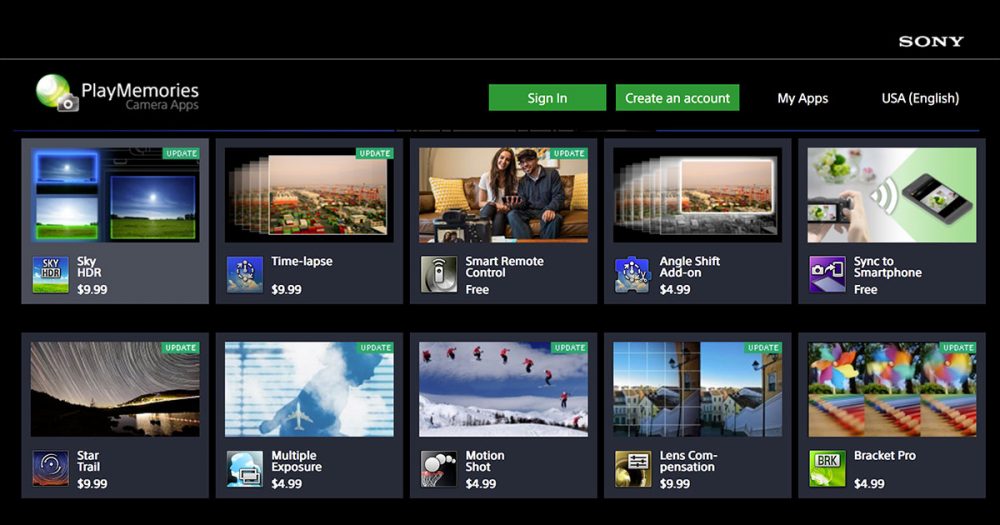
Sony a6300 Features
Two years after the debut of the a6000, the highly anticipated Sony a6300 was released. Not intended to replace the a6000, this new camera has many of the same features as its predecessor. However, there are a few standout improvements that won me over. These are the main points that differentiate the a6300 from the a6000.
- 24MP Exmor CMOS sensor
- 425 phase detection points to give ‘4D Focus’ Hybrid AF
- 4K (UHD) video – 25/24p from full width, 30p from smaller crop
- 2.36M-dot OLED finder with 120 fps mode
- Dust and moisture resistant magnesium-alloy body
- Built-in microphone socket
- Still no touchscreen
- Still no battery charger (charge by plugging camera in)
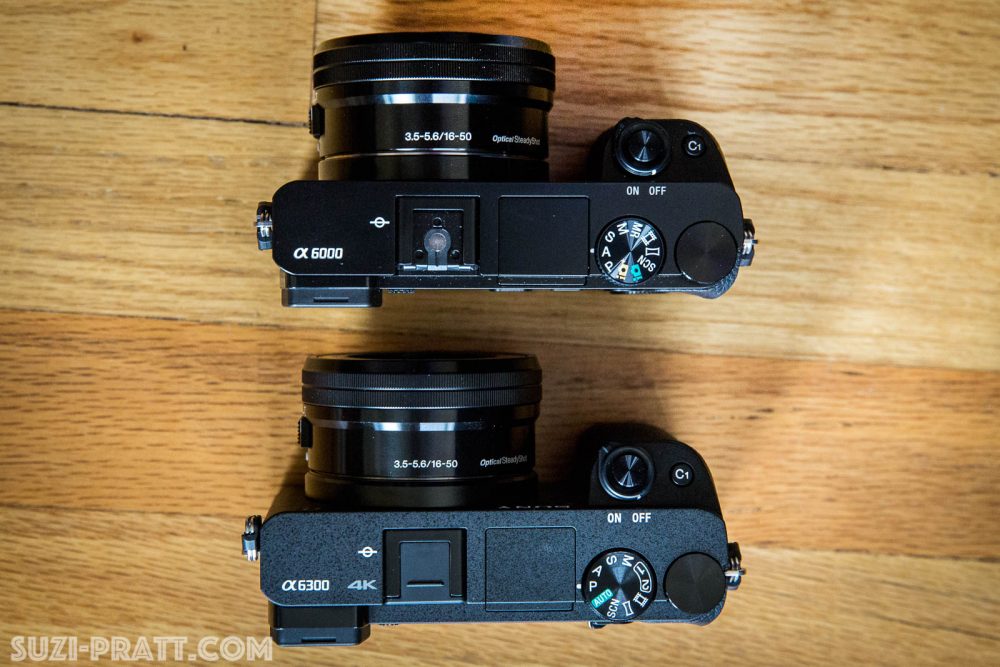
Enhanced 4D focusing
Probably the biggest improvement is the brand new sensor on the a6300. The a6000 already had a best in its class AF sensor, so it’s no surprise that the a6300 takes it a step further. While pixel count remains the same, the new a6300 sensor has a whopping 425 phase-detection AF points. Sony calls its new AF system 4D focus, which in my opinion is purely marketing jargon. However, having 425 AF points compared to 175 AF points on the a6000 is definitely a huge improvement.
Sturdier, weatherproof build
When I first unboxed the Sony a6000, it felt like a toy camera. What bothered me most was the top part of the camera that was clearly made of plastic. The Sony a6000 body material has magnesium alloy in just its front section, while the a6300 is composed entirely of magnesium alloy. Looking at the condition my DSLRs are in after 4 years of heavy use, I shudder to imagine what the a6000 might look like several years from now. In comparison, the a6300 feels much more solid and sturdy, like a true pro-grade camera. Sony claims this camera is weatherproof, and based on the build, I’m more inclined to put this camera through more stress than I would the a6000. Considering this camera is meant to be a sports or action-oriented camera, having a sturdier exterior makes a lot more sense.

4K video
As a still photographer who rarely uses video, being able to shoot in 4K isn’t a big feature improvement. But it is definitely a step up from the Sony a6000’s limited 1080p video recording feature.
Cost
One of the main reasons the Sony a6000 was so popular was its low price as an entry level camera. The more you shoot with it, the more you realize that Sony packs so many features into the a6000, that it’s hardly an entry level camera despite its competitive price. With the newer a6300, the starting price is significantly higher at $999.99. Whether that extra cost is worth it to you or not depends on your budget and how serious you are about investing into a mirrorless camera system. At the very least, the appearance of new Sony mirrorless cameras has driven down the price of the original a6000, so that is now a pretty affordable way to get started.
Worth the Upgrade?
I decided to take the plunge into the world of mirrorless in March 2016 because I wanted a compact high-end camera for my month-long trip to Asia. I had no intentions of replacing my DSLR cameras with mirrorless yet, and simply wanted a smaller option for traveling. Thus, the a6000 made the most sense at the time due to its low price and overall popularity among pros and hobbyists alike. However, I ended up testing out the a6300 and decided the extra price was worth the upgrade. The main reason came down to its sturdier, weatherproof build that was absent on the a6000. I have a tendency to wear my camera gear to the ground, as evidenced by my severely beat up DSLRs. To me, better build quality is better than having to pay for constant repairs.
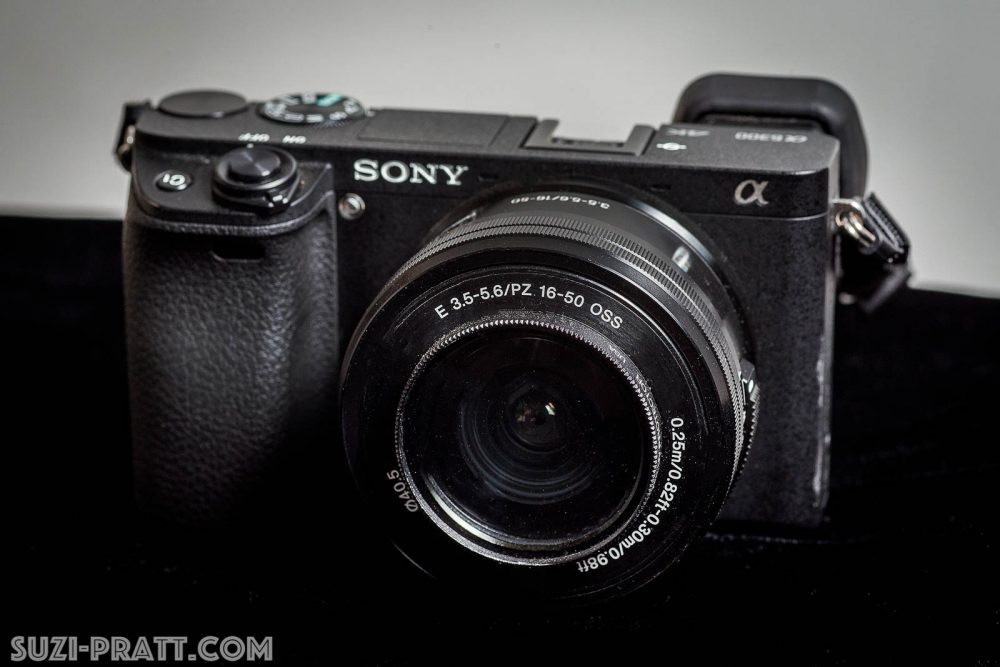
Sony a6500
Just months after releasing the a6300, Sony unveiled yet another product upgrade: the Sony a6500 mirrorless camera. Priced even higher with a base rate of $1,399.99 for the body-only, the main improvements to the a6500 seem to be:
- 5-axis in-body image stabilization (IBIS)
- touch screen functionality only for on-screen focusing and image playback
- improved navigation menu
Early reviews for the a6500 seem mediocre at the moment. I’d perhaps put my money into a newly priced-reduced a6000 or an a6300.
Summary
If you’re thinking of investing in a mirrorless camera system, the time is now. Sony offers an array of mirrorless cameras that are among the most compact, with lots of lens options.








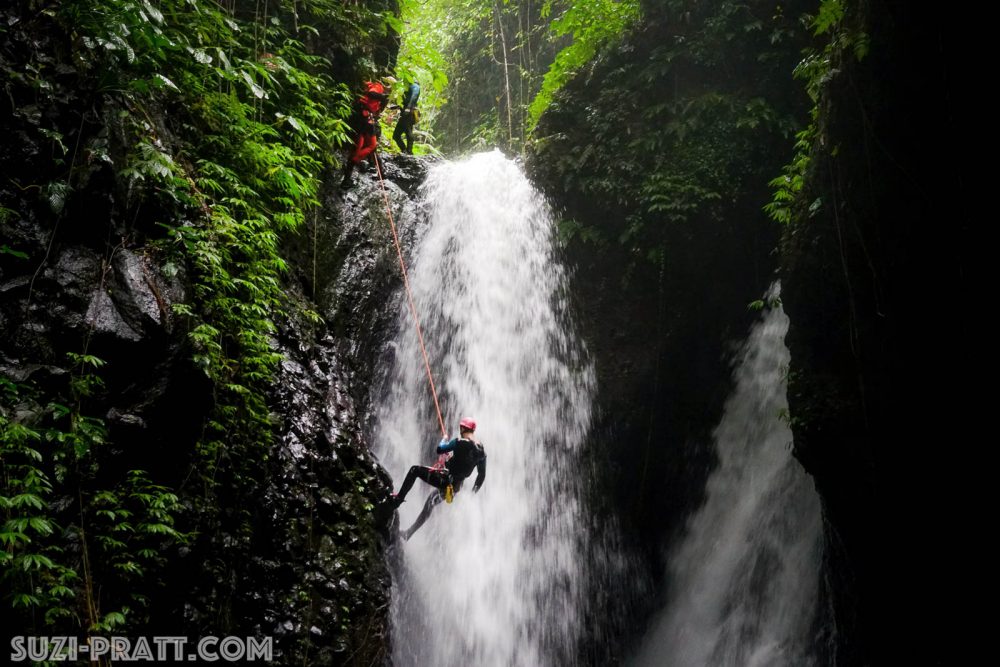



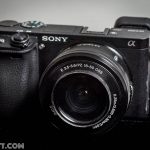
I also was dedicated to Canon my whole career. But I kept seeing other possibilities and ended up with the Sony A7R II. 42mp without the weight and size of the big DSLRs. Been pretty happy about that decision. Just miss the little flash on top of the camera, that was always good for fill. Now I have to do that in processing.
That’s a bummer about no pop up flash…one thing I really like about the Sony a6300 is its tiny yet efficient little flash on top. What lenses do you find yourself using with the A7R II?
24-240 is almost always on my camera. I can tell because of all the dings and scratches on it! I’ve been volunteering at Petrified Forest NP photographing and mapping Archeological sites, mostly Rock Art. Banged that lens up against plenty of the huge boulders, before I got smart and bought one of those belt camera cases. I also have the 16-24 and a 150-600, that needs an adapter. And lastly a Perspective Control. Just sold the Canon 24 and bought the Rokinon.
I’ve been processing photos I took last May at Little Petroglyph Canyon on the China Lake Navy Base. When I saw something too far away to get close, I went ahead and shot it at 240, knowing I had plenty of play in cropping with 42mp. Very helpful.
That is awesome…I love the range of these zoom lenses. Highly considering getting one myself and am investigating the 18-200mm or the 24-240mm. From what I read, the lens will be bigger than my a6300 camera body, which might take some getting used to!
I’ve always been a zoom lens guy, but with the reservation I couldn’t use it at the longest end, I always felt I had to back away from that at least 5/10%. It was too soft at the end. However, both my 150 – 600 and my 24 – 240 are very sharp all the way through the field. I never worry about using it at its extreme length. I will say though, some of the most expensive glass I’ve ever owned!
I fear I’ve become numb to prices after getting used to dropping nearly $2k a piece on my Canon gear! But price is definitely a factor since my Sony is still my backup camera system. Super curious about the 24-240mm…will keep needing to do some research before I pull the trigger…